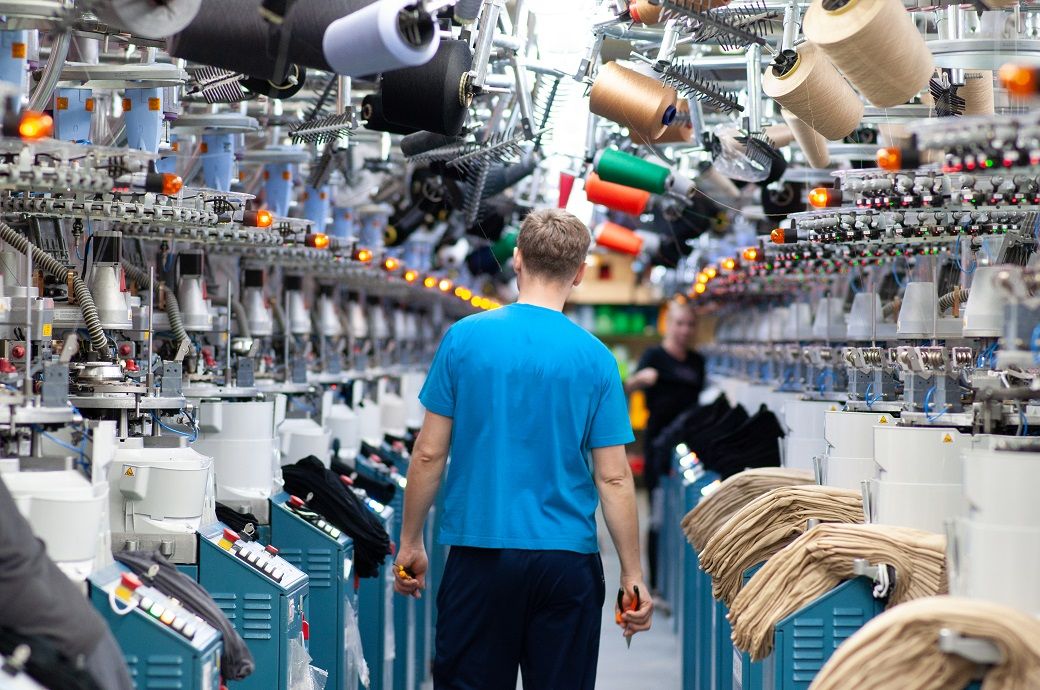
Business confidence fell into negative territory in Q1 for the first time since 2022, weighed down by tax hikes, inflation, sluggish growth, and global uncertainty. Yet, the fashion sector’s standout sales performance hints that UK manufacturers may be finding unexpected opportunities amid international market disruption.
“The unusual business conditions of the first three months of the year had generally played out well for the country’s smaller producers, as had falling bank rates. Anecdotally, what we’re hearing from some of our customers is that Q1 brought welcome windfalls. Some tariff-affected international customers have turned to UK firms to do business, while others raced to order more before tariff pauses came off. That’s delivered a shot in the arm for some firms, but more importantly we’re hearing that steadily falling bank rates are starting to stimulate the economy, which obviously is very welcome to UK manufacturers who’ve posted a really strong start to the year,” Joe Llewellyn, GM of ERP Small Business at The Access Group, the parent company of Unleashed, said.
However Unleashed’s data also showed profitability dropped compared to last year. Gross Margin Return on Inventory (GMROI) for the average clothing manufacturer declined -53 per cent against the fourth quarter and -36 per cent year-on-year, to £4.14 return for every pound spent on buying stock.
However, delivery lead times also dropped down to 19 days on average, which offers some reassurances. Faster delivery times allow businesses to reorder in smaller quantities, which is a more cost-efficient way to generate sales that improves margins.
Across all of the 12 manufacturing categories analysed, sales were up by 30 per cent in Q1 2025 compared to Q4 2024 – and 13 per cent year-on-year. Profitability also jumped by 10 per cent in Q1 2025.
It’s possible that the higher profit margins seen in Q1 across the wider manufacturing base were caused by purchasing managers deferring their inventory replenishment spend in response to low GBP-USD exchange rates. In January the pound dipped to $1.22, making international purchases more expensive for UK buyers of US-dollar denominated goods. By the end of March, however, the exchange rate had trended favourably and reached 1.34 at the end of April.
ALCHEMPro News Desk (RR)
Receive daily prices and market insights straight to your inbox. Subscribe to AlchemPro Weekly!